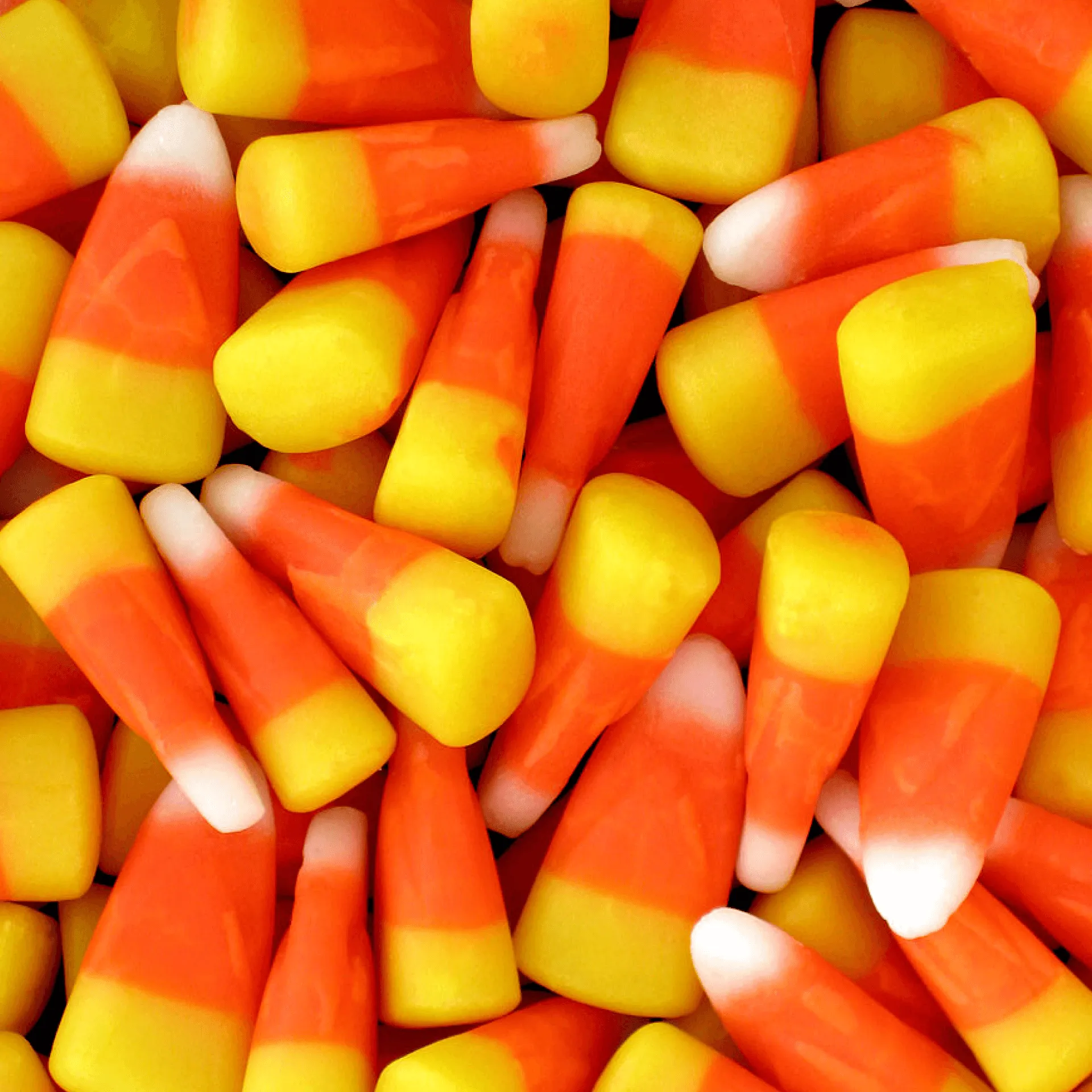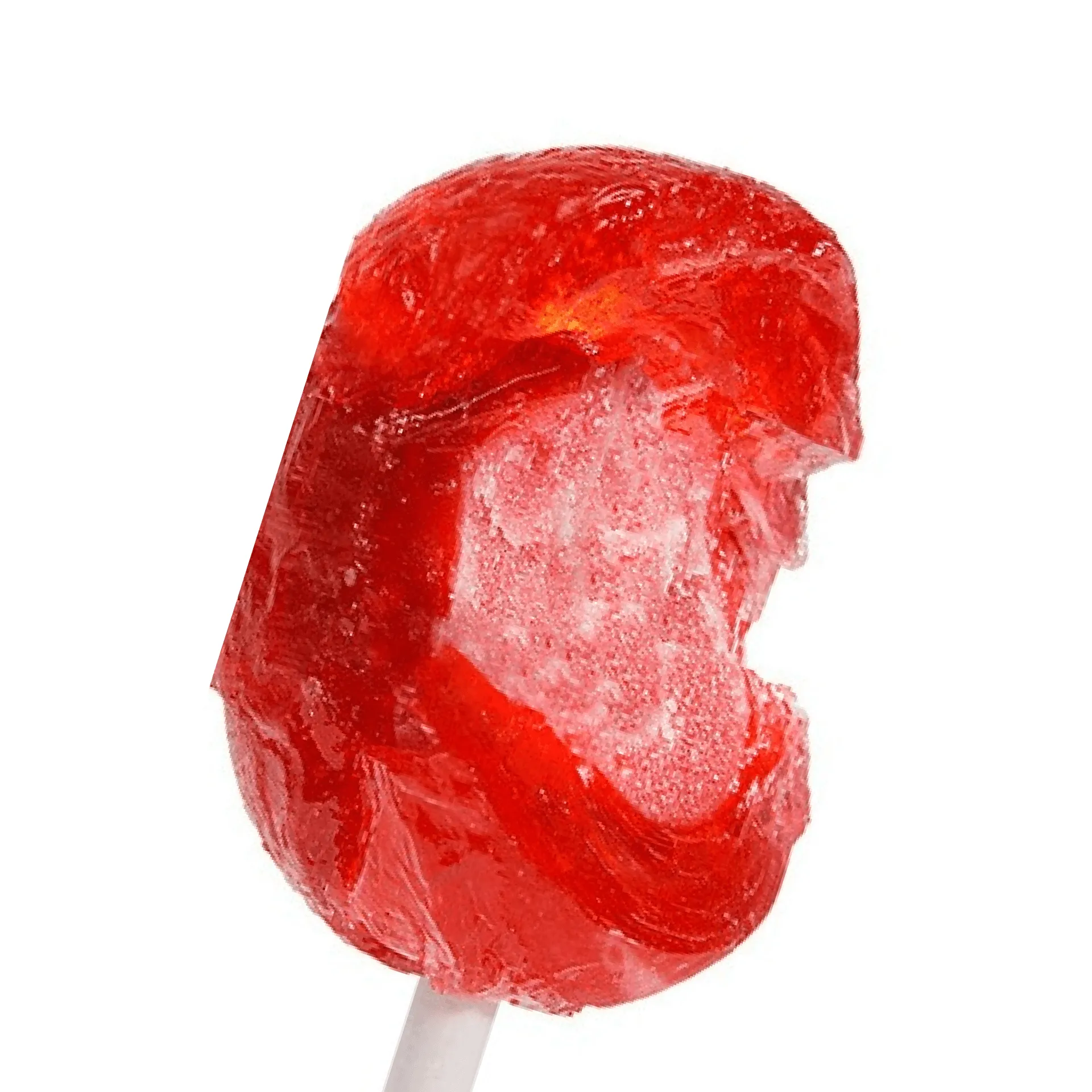It all comes down to our final match! It’s the night before Halloween, and we've saved two iconic treats for the ultimate showdown: Candy Corn vs. Blow Pop. Which candy takes home the crown on Hallow’s Eve?



Candy Corn vs. Blow Pop Overview
In this final round, it's Candy Corn vs. Blow Pop!
Candy Corn
Candy corn, a Halloween staple, is famous for its sugary sweetness and ability to make the best of friends disagree. However, this sweet delight comes with a large dose of added sugars and artificial ingredients. With 23 grams of sugar per serving and a list of additives, it's worth enjoying in moderation.
Blow Pop
Blow Pop is known for its delightful dual nature: a lollipop on the outside and gum on the inside. One thing's for sure: it's a candy that truly pops with flavor. While Blow Pop does contain 13 grams of sugar and packs a caloric punch at 70 calories per pop, it offers a unique experience that encourages you to savor every moment.
We Have a Winner
Blow Pop emerges as the 'sucker' of success in this ultimate showdown. Its one-of-a-kind combination of candy and gum makes it a fun treat and a more mindful choice, encouraging you to take your time and enjoy it in moderation. Make the most of this mischievous night!
Pro Tip: Moderation is Key
When tasting these Halloween delights, 'creep it real' and savor every bite. Enjoy the flavors, and remember that moderation is key.
Mindful eating means being aware of what your body truly needs. Before indulging in a sweet treat, ask yourself if you're genuinely hungry or eating to self-soothe in response to some emotional distress. If it's genuine hunger or a specific craving, by all means, enjoy your candy in moderation, savoring each bite.
But if you're reaching for candy as a distraction or comfort, consider alternative activities like a walk, a chat with a friend, or a creative activity (like coloring) to address those emotional needs. Mindful eating can help you create a healthier relationship with sweets and help you respect your body's cues.
Sign up to be the first to know about special offers and exciting Signos news.


.svg)
.svg)
.svg)
.svg)
.svg)
.svg)
.svg)
.svg)
